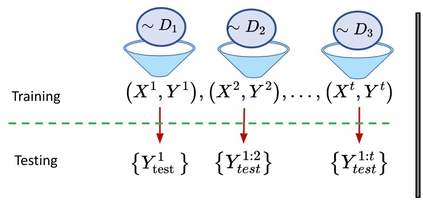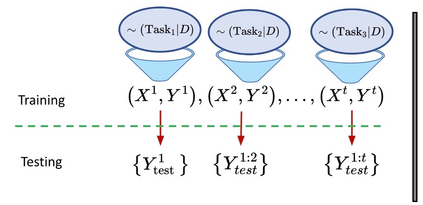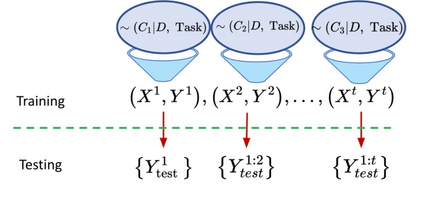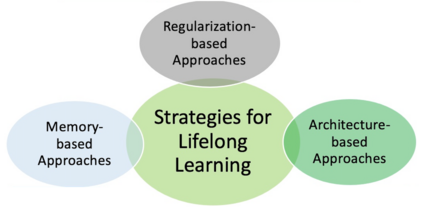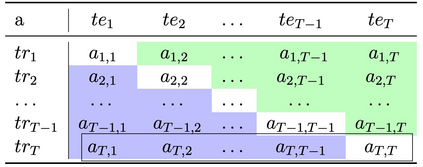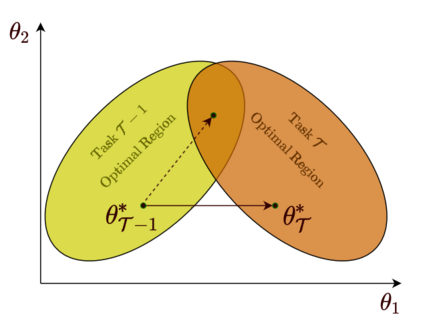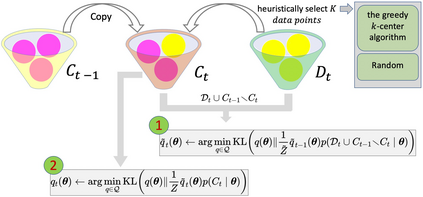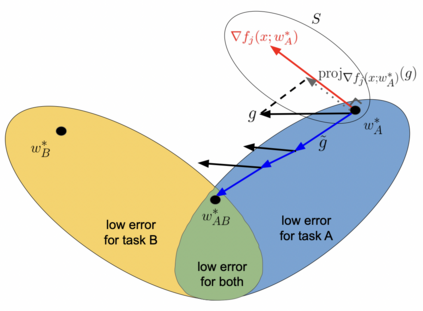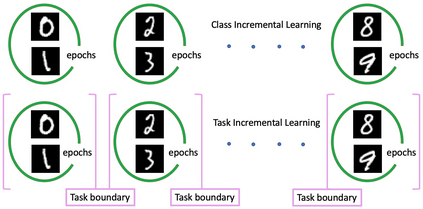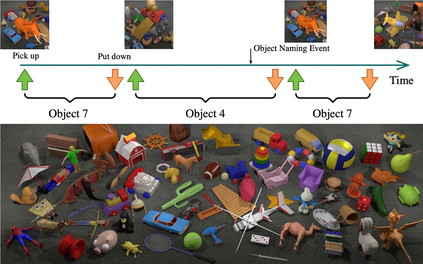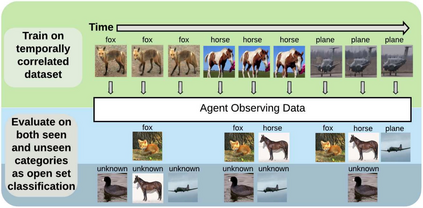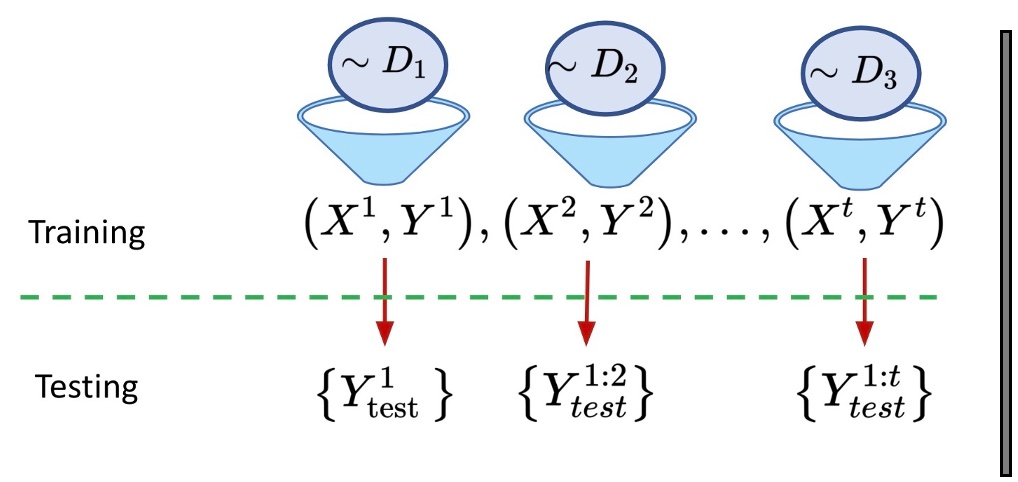This primer is an attempt to provide a detailed summary of the different facets of lifelong learning. We start with Chapter 2 which provides a high-level overview of lifelong learning systems. In this chapter, we discuss prominent scenarios in lifelong learning (Section 2.4), provide 8 Introduction a high-level organization of different lifelong learning approaches (Section 2.5), enumerate the desiderata for an ideal lifelong learning system (Section 2.6), discuss how lifelong learning is related to other learning paradigms (Section 2.7), describe common metrics used to evaluate lifelong learning systems (Section 2.8). This chapter is more useful for readers who are new to lifelong learning and want to get introduced to the field without focusing on specific approaches or benchmarks. The remaining chapters focus on specific aspects (either learning algorithms or benchmarks) and are more useful for readers who are looking for specific approaches or benchmarks. Chapter 3 focuses on regularization-based approaches that do not assume access to any data from previous tasks. Chapter 4 discusses memory-based approaches that typically use a replay buffer or an episodic memory to save subset of data across different tasks. Chapter 5 focuses on different architecture families (and their instantiations) that have been proposed for training lifelong learning systems. Following these different classes of learning algorithms, we discuss the commonly used evaluation benchmarks and metrics for lifelong learning (Chapter 6) and wrap up with a discussion of future challenges and important research directions in Chapter 7.
翻译:这一基本内容试图详细概述终身学习的不同方面。我们首先从第二章开始,对终身学习系统提供高层次概览。在本章中,我们讨论终生学习的突出情景(第2.4节),讨论终生学习的突出情景(第2.4节),提供不同终身学习方法的高级别组织(第2.5节),列举理想终身学习系统的偏离(第2.6节),讨论终身学习与其他学习模式的关系(第2.7节),描述用于评价终身学习系统的通用指标(第2.8节)。本章对新到终身学习的读者更有用,希望在不注重具体方法或基准的情况下被引入外地。其余章节侧重于具体方面(学习算法或基准),为正在寻找具体方法或基准的读者提供8个介绍(第2.5节),列举理想终身学习系统与以往任务中任何数据无关的正规化方法(第2章),讨论基于记忆的方法,这些方法通常使用回放缓冲或缩记忆来保存不同任务中的数据的子集(第2.8节)。第五章侧重于不同的建筑家庭(及其瞬间),这些家庭是用来培训终身学习系统的重要方向,然后进行共同学习第6章。

